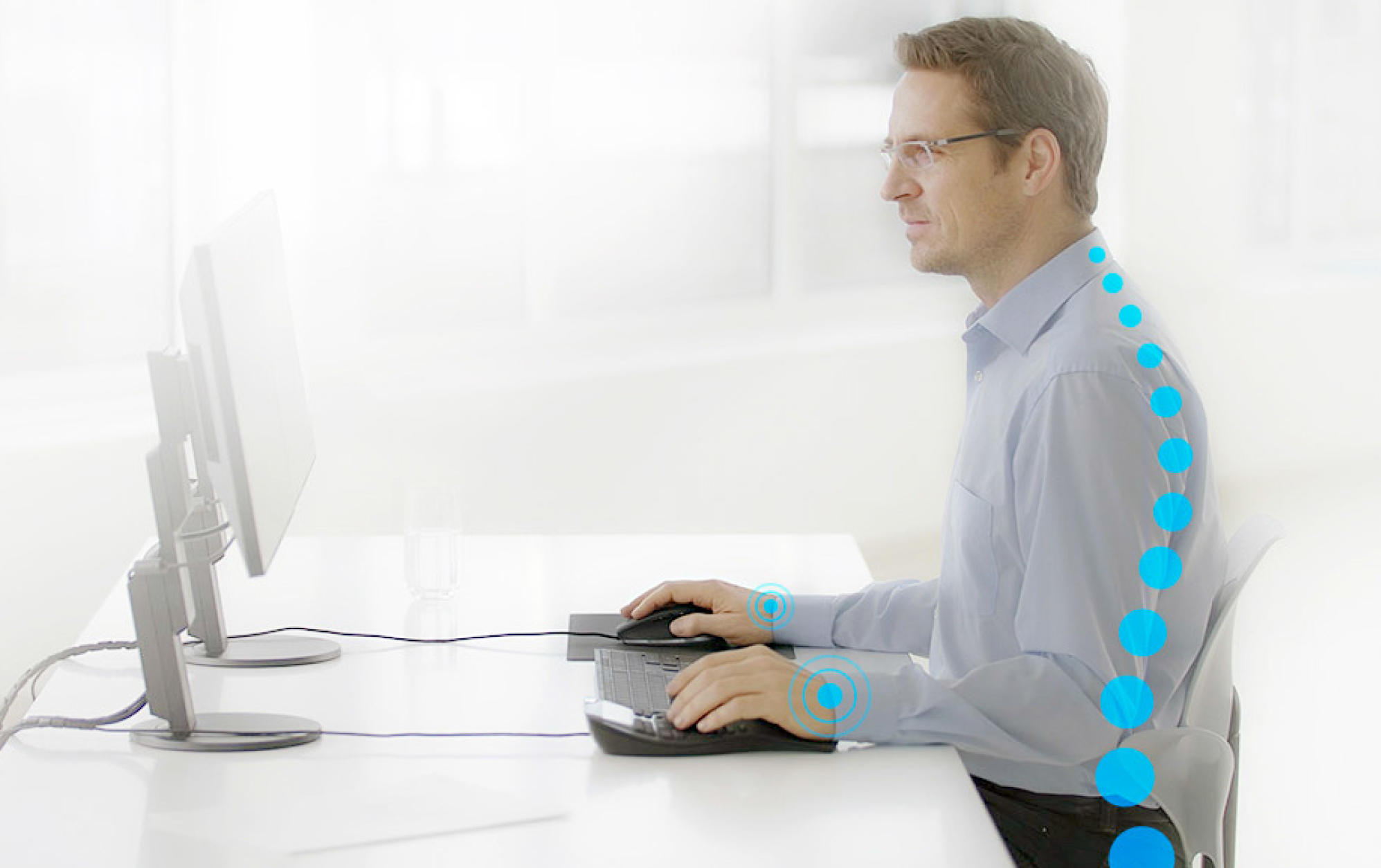
The use of a 3D mouse in CAD applications leads to a noticeable ergonomic improvement with the user making 29 percent fewer hand movements and their productivity increasing by 28 per cent. This is according to the main findings of the ‘Ergonomic Evaluation of 3D Mice’1 , a study conducted by the Fraunhofer Institute for Industrial Engineering (Fraunhofer-Institut für Arbeitswirtschaft und Organisation) on behalf of 3Dconnexion.
The use of 3D mice allows a two-handed workflow in the CAD, CAE and CAM environment. A 3D mouse enables users to pan, zoom and rotate their models in one smooth movement using one hand, while they edit their models using a standard mouse with the other hand. 3Dconnexion, a manufacturer of ergonomic input devices for CAD and 3D professionals, commissioned the Fraunhofer Institute for Industrial Engineering (IAO) to carry out a scientific study on working with a 3D mouse. The study consisted of two parts – a laboratory test and a field test across which there were a total of 24 participants – and focussed on the criteria of health, productivity, usability and user experience when performing a specific CAD task with and without a 3D mouse.
Superior ergonomics with a 3D mouse
The investigation revealed that using a 3D mouse leads to a more upright and thus healthier sitting posture. The main reason for this is that both arms rest in parallel to one another on the desk while working in a CAD program. The right hand-arm-system bears significantly less strain as this is spread across both hands thanks to the 3D mouse assuming tasks that would have been performed with the right hand using a normal mouse.
Using a 3D mouse also substantially reduces the number of mouse wheel movements, for example, when zooming in and out of a model, meaning 29 per cent fewer hand and finger movements are required. According to Fraunhofer, this has caused “the finger movements to drop from a ‘dangerous’ level (over 1,500 movements per hour) to an acceptable amount.”
User experience improves with a 3D mouse
The 3Dconnexion SpaceMouse also impressed in terms of user experience. A usability analysis was carried out during the field study using a System Usability Scale (SUS) questionnaire2 in which the SpaceMouse achieved an excellent SUS score of 86. In contrast, conventional workflows with a normal mouse and keyboard only achieved a satisfactory SUS score of 62 in terms of usability.

3D mice increase productivity
Finally, the use of a 3D mouse led to a significant increase in productivity. In the laboratory study, the amount of time needed to complete a random task was reduced by 28 per cent – from 96 minutes to 68 minutes – when using the 3D mouse.
“The use of our SpaceMouse leads to a healthier posture and reduces the strain on the dominant hand-arm-system. It features a high level of usability and increases productivity when working with CAD programs,” explains Robert Stadie, Product Manager at 3Dconnexion GmbH. “We are pleased that Fraunhofer’s intensive testing has provided conclusive evidence to this end. This is also motivation for us to continue down the path we have embarked on in developing innovative 3D mice.”
Methodology
Fraunhofer conducted both a laboratory and a field investigation as part of the study. The laboratory test saw 14 students from an advanced CAD seminar analyse factors related to health and productivity. For the test, the participants had to complete a standardised and randomised CAD task in Siemens PLM-Software NX™, once using a standard mouse and keyboard and once using a 3D mouse and a standard mouse. Every movement and click was recorded and posture were observed while the task was being performed.
For the field test, ten experienced CAD professionals took part in semi-structured interviews and the standardised, validated SUS and AttrakDiff3 questionnaires were used. Working ‘with and without a 3D mouse’ were both examined here.
About 3Dconnexion
3Dconnexion designs precise, ergonomic hardware and smart, easy-to-use software that combine seamlessly to make working in CAD fast, comfortable and fun. From our SpaceMouse product line of 3D mice to the CadMouse product line, 3Dconnexion products provide a superior way for CAD professionals to interact with and experience the digital world. 3Dconnexion’s headquarters are in Munich, Monaco and Boston with offices worldwide.
Footnote
1 -The ‘Ergonomic Evaluation of 3D Mice’ investigation report from the Fraunhofer Institute for Industrial Engineering (IAO) can be found here.
2 -The System Usability Scale (SUS) is a ‘quick and dirty’ method of measuring the usability of an application developed by John Brooke in 1986. The SUS scale goes from 0 to 100. Solutions with a score of 68 and above are considered to have good usability.
3 -The AttrakDiff questionnaire is an evaluation of any product to assess how attractive the product is and to what level it offers a good user experience. AttrakDiff was developed by Marc Hassenzahl, Michael Burmester and Franz Koller in 2003.
